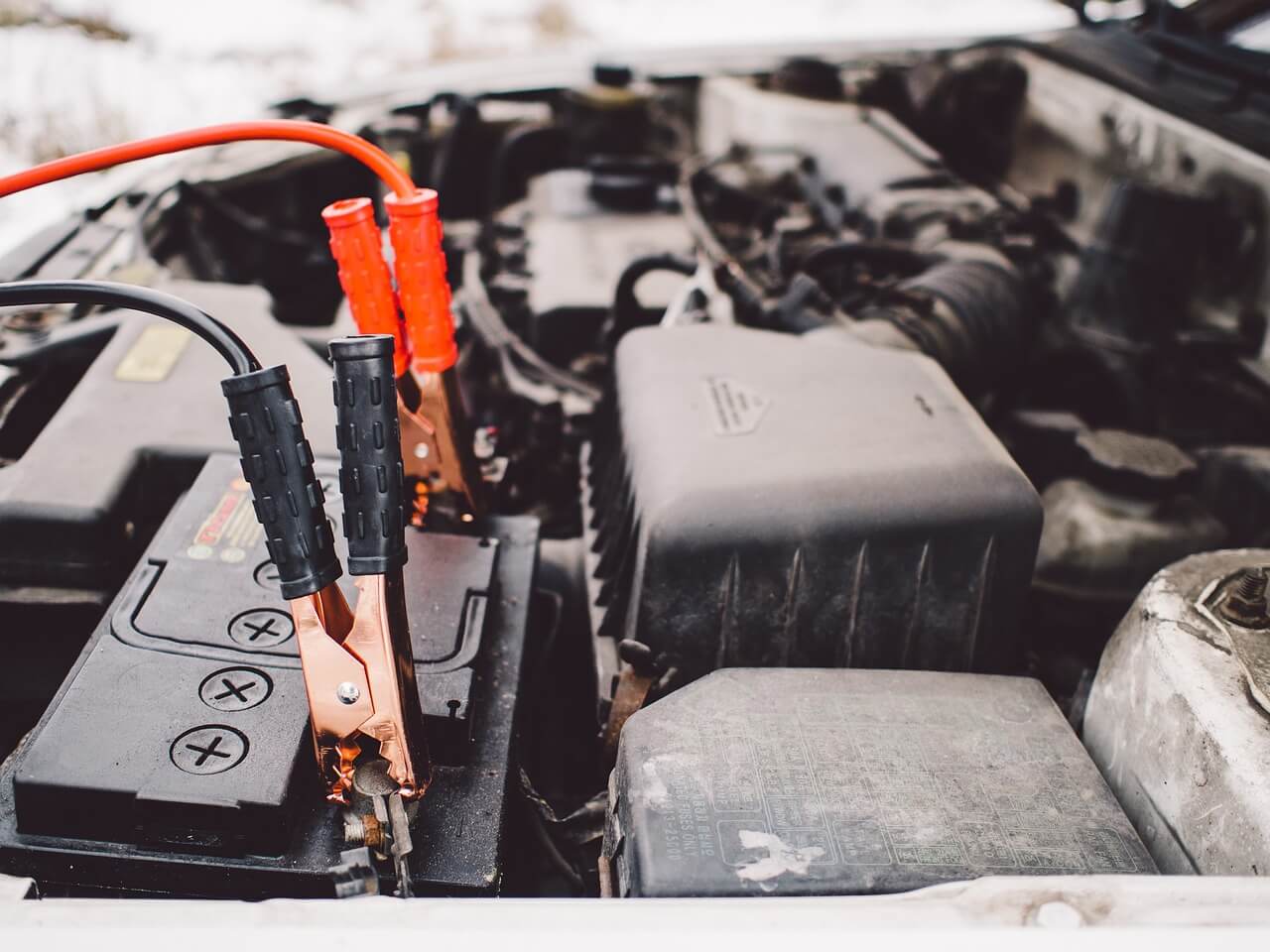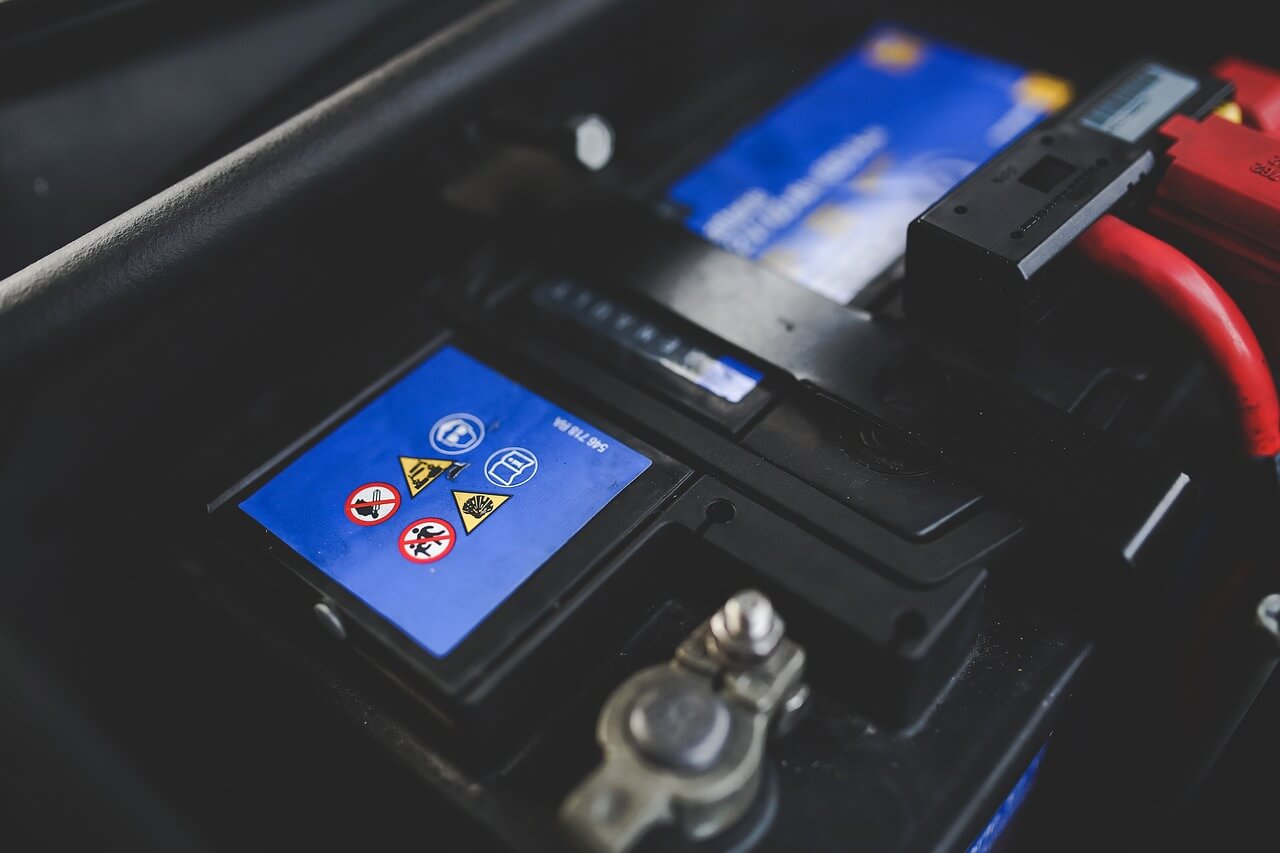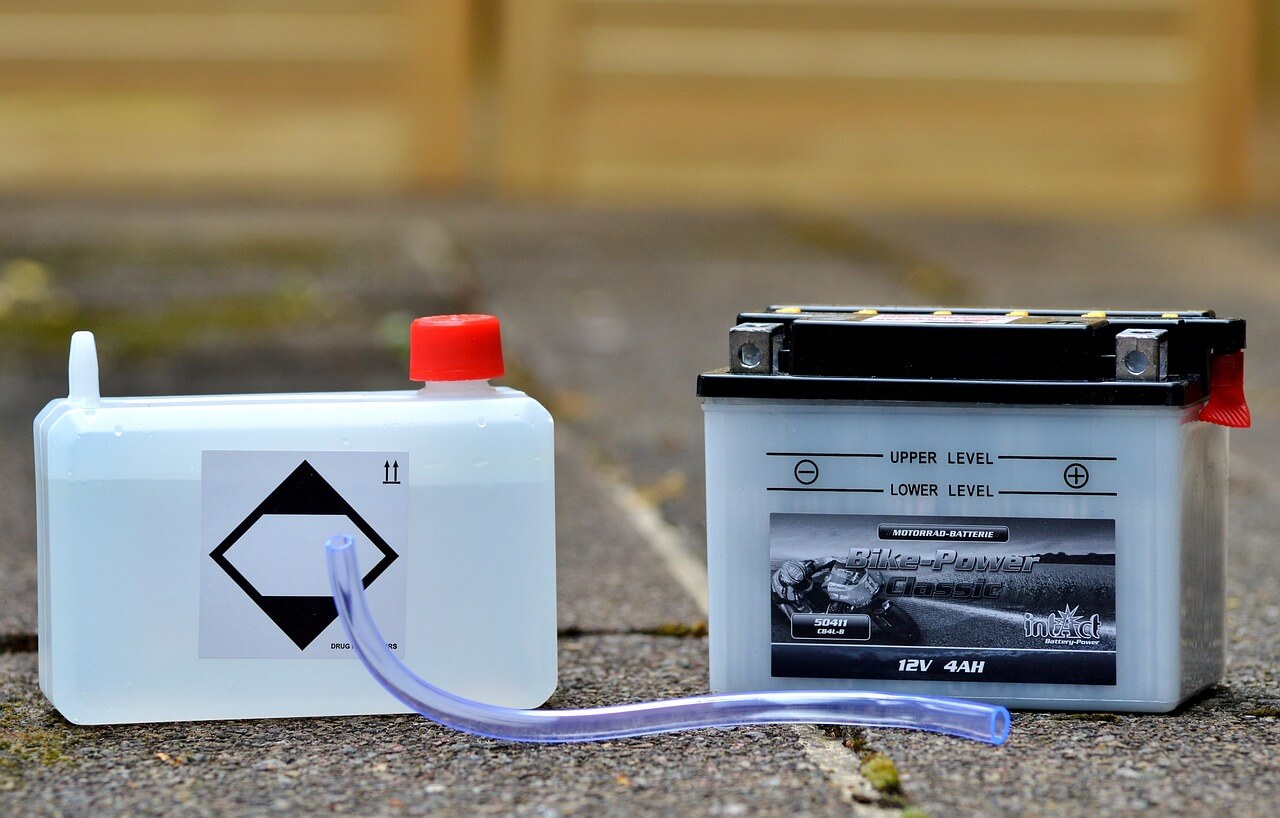Knowing when to change a car battery is crucial to avoiding sudden breakdowns and ensuring your vehicle starts reliably. Car batteries typically weaken over time due to constant use and exposure to extreme conditions. For example, if you're driving in particularly hot weather, the battery’s life may shorten because heat speeds up the chemical reactions inside the battery. Likewise, if your car takes short trips often, it doesn’t get enough time to fully recharge, which strains the battery. When the battery begins to show consistent signs of trouble, it's likely time for a battery replacement to avoid further issues.
How Often Do Car Batteries Need to Be Replaced?
The lifespan of car batteries generally ranges from three years to five years. Though some may tend to run longer depending on maintenance, after the third year is surpassed, most car batteries start losing their efficiency. Other main determinants that decide how long the battery will last are climate, driving habits, and the quality of maintenance given to the batteries. Batteries in hot weather climates may need to be replaced sooner because of the strain heat puts on the battery. When you think about the way your car is starting and the lights are dimming, then it could be about time to replace the battery before it leaves you stranded.
Possible Causes of a Dead Car Battery
A dead battery can result from various factors. Electrical systems include things like your headlights and radio, which, if left on without the running of an engine, will very quickly drain your battery. The loss of power may even become parasitic from damaged wiring or defective electric componentry trying to drain away the life from your car's battery. Other contributing factors include frequent short drives that give the battery little time to recharge, hence reducing its capacity. As time goes on, the caliber of batteries retaining charges wears out and leads to what is commonly known as a bad car battery. Regularly testing the battery helps catch these problems early. Here are some additional causes of a dead battery that you should be aware of:
- Extreme temperatures: Prolonged exposure to hot weather or freezing conditions can weaken the battery, affecting its chemical reactions and reducing battery life.
- Corroded battery terminals: Corrosion on the terminals disrupts the connection between the car's battery and the vehicle’s electrical system, which can lead to starting issues and power loss.
- Loose connections: If the battery case is not securely connected, the battery won’t provide enough power to the vehicle, leading to electrical failures.
- Faulty alternator: A damaged alternator won’t properly recharge the battery, causing it to drain unexpectedly during use, impacting the charging system.
How to Test a Car Battery

It is a good idea to have regular testing of the battery to avoid an unwanted dead battery. This may be done by yourself, using voltage: measurement with a multimeter, or you can get professional testing from both auto parts stores and repair shops. A good, healthy battery should read at least 12.6 volts when the motor isn't turned on. If it's lower, this may mean a weak or dying battery. Regular tests, particularly before the colder months, help to guarantee that your car battery is fit to prevent a breakdown when you least expect it. With the help of a VIN decoder, you can also keep on doing further and more detailed checks. These can help you with everything from knowing the history of your vehicle to the performance of it when working.
Signs Your Car Battery is Dying or Dead

Steps to Replace a Dead Car Battery
When it’s time to replace a dead battery, follow these steps to ensure the replacement is done safely. First, ensure the vehicle is turned off completely, and disconnect the negative terminal followed by the positive. Be cautious, as battery acid can leak and cause harm if mishandled. After safely removing the old battery, clean the terminals before placing the new battery in position. Securely connect the terminals, starting with the positive first. Make sure the connections are tight. If you're unsure, a visit to a repair shop for a professional installation is recommended to avoid any mishaps. Additional steps for replacing a dead battery:
- Ensure proper ventilation: Replace the battery in a well-ventilated area to avoid inhaling any fumes from the battery or chemicals.
- Wear protective gear: Always wear gloves and safety goggles to protect your skin and eyes from harmful battery acid or any unexpected leaks.
- Check the battery tray: Before placing the new battery, make sure the battery tray is clean and free of debris to prevent damage or misalignment.
Tips on How to Keep Your Car Battery Healthy
Maintaining a healthy battery is crucial for extending battery life. Avoid taking too many short trips, which don’t allow your battery enough time to fully recharge. Park your car in a cool location to prevent heat from shortening the battery’s life. Additionally, keeping the terminals clean and corrosion-free can help maintain proper connectivity and battery performance. Regular checks on the charging system can also prevent early replacement and ensure you can always keep your car running smoothly without unexpected issues.
Choosing the Right Battery for Your Vehicle

Choosing the right battery type for your vehicle is essential for its long-term performance. Cars driven in slightly colder climates only require a high CCA battery, which will easily turn on the engine during freezing temperatures. Modern cars now require more advanced modern batteries like the AGM batteries, offering better performance and lasting longer. It is important to ensure that the cranking amps match with the type of battery, in correspondence with your vehicle. You can get the best choice from the manual of your vehicle or by visiting any auto repair shop. Ensuring compatibility avoids future battery-related issues. Here is a quick comparison of different battery types and their features:
| Battery Type | Best For | Cold Cranking Amps (CCA) | Longevity | Cost | Maintenance Requirements |
| Lead-Acid | Older vehicles and basic electrical needs | Moderate | 3-5 years | Affordable | Requires regular water checks |
| Absorbent Glass Mat (AGM) | Modern vehicles with high-tech features | High | 5-7 years | Expensive | Low maintenance |
| Enhanced Flooded Battery (EFB) | Start-stop vehicles | Moderate to High | 4-6 years | Mid-range | Requires periodic checks |
| Lithium-Ion | Performance cars and electric vehicles | Very High | 10+ years | Very expensive | Low maintenance, high reliability |
| Gel Cell | Off-road and high-vibration environments | Moderate | 6-8 years | Expensive | Low maintenance, vibration-resistant |
How to Dispose of Your Car Battery
Proper disposal of your car's battery is essential for environmental safety. Car batteries contain hazardous materials such as lead acid and sulfuric acid; therefore, they must not in all instances be thrown into regular trash. Take the used battery to a certified recycling or auto parts store that may offer disposal services. Many repair shops also provide free disposal when you purchase a replacement battery. Recycling ensures that the harmful chemicals are handled properly, and many components of the battery, such as lead and plastic, can be reused. Always choose responsible disposal methods to protect the environment.
Summary
Knowing when to replace a car battery and recognizing the signs and symptoms of a dying or failing battery might spare you from very inconvenient and costly breakdowns. One needs to watch out for symptoms like a slow engine crank, dimming lights, or the need for frequent jump starts; all these point to a loss of charge in the battery. Regular testing of your car's battery, maintenance of its health, and change at an opportune time are the ways that would allow one to enjoy continued and flawless running of the car. Furthermore, not only choose your battery type correctly for your vehicle but also ensure environmentally responsible behavior in disposing of the old battery by recycling it at a certified facility. You may want to scan your car's vehicle history report further for prior electrical issues or maintenance records, which may have predicted some idea regarding the life of the batteries.
Frequently Asked Questions
A new battery can typically last around 30 minutes to 2 hours without a functioning alternator, depending on how much the electrical components of the vehicle are used. However, the battery will eventually drain as it is not being recharged by the charging system.
A weak battery can cause various issues for your car, including slow engine starts, dim headlights, and malfunctioning electrical components. The electrical system of your vehicle depends on the car's battery to provide consistent power. A weak battery may also affect the performance of the starter motor.
When changing a battery, never connect the negative plates first. Always start with the positive terminal, and be sure to remove any metal objects from the area to avoid accidental shorts. Wearing gloves and protective eyewear is also recommended to protect against battery acid.
While some batteries may last longer than three years, it's rare for a car battery to last 20 years. Most car batteries are designed to last between 3 to 5 years, depending on the battery type and how well it is maintained. Over time, lead and sulfuric acid within the battery degrade, reducing its ability to hold a charge.







